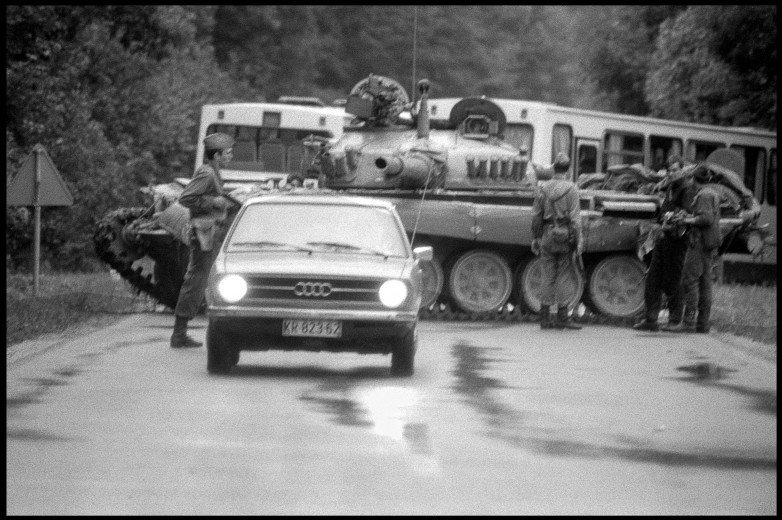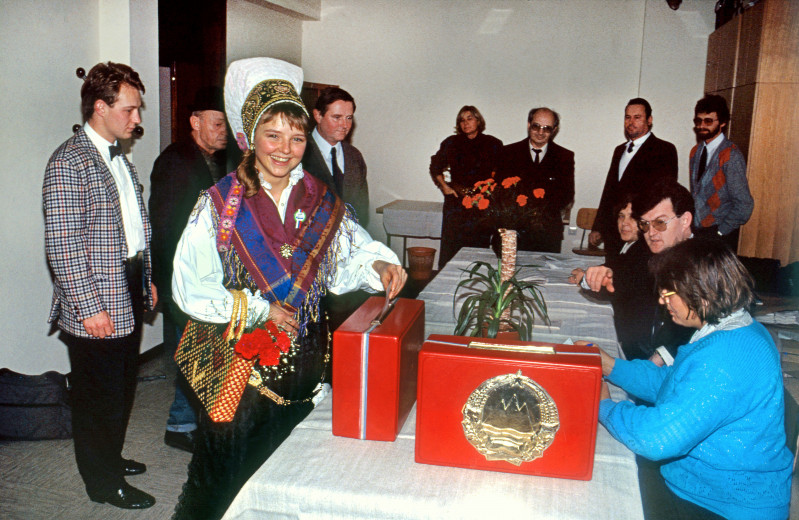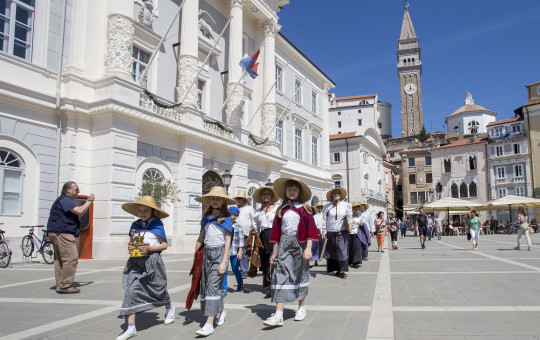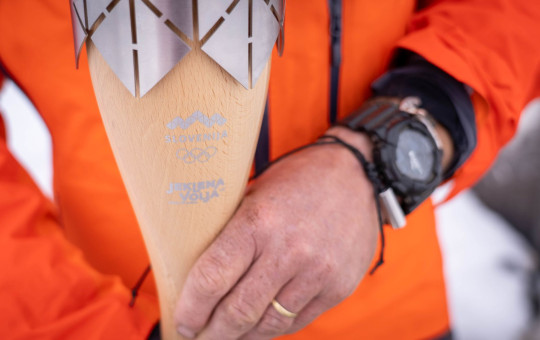Developing and raising awareness of the core values and the most important events of contemporarySlovenian history is especially important in times of crisis. We must not forget that bold decisions, such as the adoption of the independence act in 1991 on the basis of the plebiscite of 1990, the formation of our own army, the declaration of independence on 25 June 1991, the victory in the war for Slovenia and the withdrawal of the Yugoslav national army on 25 October 1991, have preserved the existence of the Slovenian state. Such achievements cannot be taken for granted.
First steps towards new and independent Slovenia
In the shadow of the turning events in Europe and in the world, which was symbolised by the fall of the Berlin wall, a civil society was on the rise in Slovenia in the eighties. Thus, the 57th issue of the magazine Nova revija in 1987 included Slovenian intellectuals and their articles for the Slovenian national programme.
When a group of young journalists and publicists, Janez Janša, David Tasić and Franci Zavrl, and the junior officer Ivan Borštner, were accused of betraying military secrets in 1988 and were tried in a military court in Ljubljana in a foreign language, Slovenia woke up completely. The committee for the protection of human rights was established to defend the four accused, which was managed by Igor Bavčar. Protests and rallies occurred, and there were demonstrations at the military court in Ljubljana. The authorities could no longer prevent the establishment of new political organisations that published the common May Declaration in 1989 at the rally in Ljubljana, as a common programme of the emerging Slovenian political opposition. A sovereign Slovenian state was demanded in the declaration and the free decision of Slovenians regarding external connections. The democratic opposition, Demos, was established in November 1989. Under the leadership of Dr Jože Pučnik, various political unions formed in Demos for joint representation at the elections. The sovereign state of the Slovenian nation and the plural democracy were the two core demands in the programme of Demos, which won at the first multi-party elections in 1990, and which managed to form the new Slovenian government under the leadership of Lojze Peterle. Igor Bavčar became the minister of the interior, Janez Janša was the defence minister, and Dr Dimitrij Rupel was the minister for foreign affairs. Demos was the key actor, not only in the formation of the general consent on the urgency of the independence of the Slovenian nation, which was reflected in the high result of the plebiscite on 23 December 1990, but it was also the main actor in the nation’s independence, the defence of its independence in the war for Slovenia, and its international recognition. The path to the independent Slovenian state was difficult and risky, because the opponents made every effort to hinder the realisation of the plebiscite decision. The handover of Slovenia’s weapons to the Yugoslav army without the knowledge of the newly elected government was branded as high treason by Pučnik.
A military formation began to emerge for the defence of Slovenia and for the protection of the independence processes, which was later named the Manoeuvre structure of the national protection (MSNZ). It was the decisive act of MSNZ that, despite its short existence, secured weapons for Slovenia, and it was the first one to show the determination and support for democratic efforts.
-
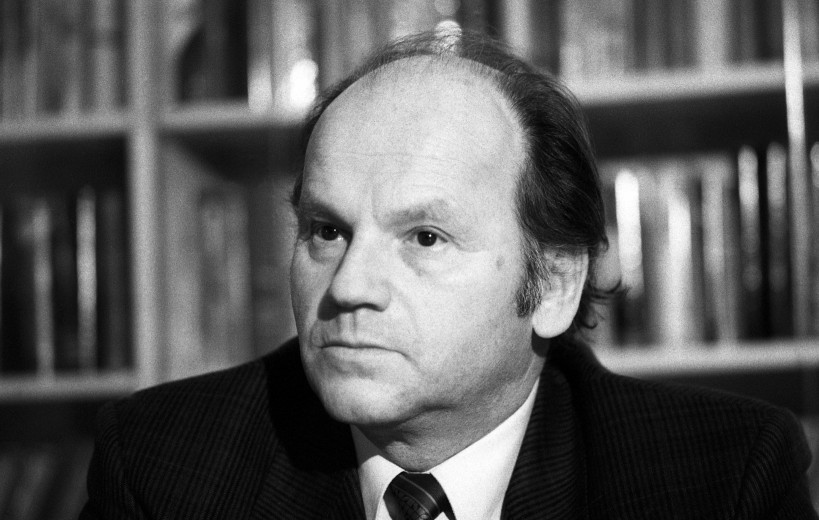
Dr Jože Pučnik (1932 - 2003) democrat, former political prisoner and father of the Slovenian state. Photo: Tone Stojko
-
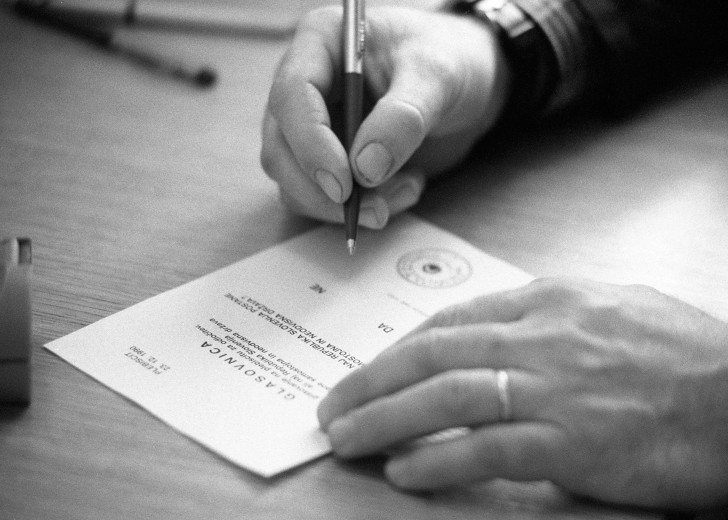
At the plebiscite on 23 December 1990 the vast majority of Slovenians decided for an autonomous and independent Slovenia.
-
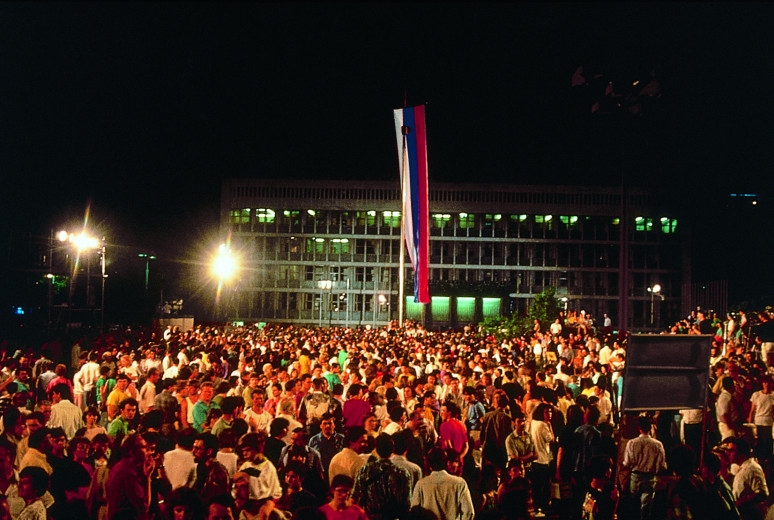
The Slovenian defence and police forces successfully protected the path to independence and won the war for Slovenia. Photo: UKOM
The war for Slovenia
After the adoption and announcement of the Declaration of Independence, the Fundamental constitution document on the independence of the Republic of Slovenia in the Slovenian assembly on 25 June 1991, and the formal declaration on 26 June 1991, the Yugoslav army was ordered by the military top command to move towards the Slovenian border. Individuals and police officers placed barricades, and the Yugoslav army (JNA) fired its weapons for the first time in the battle for Vrhpolje. In the early morning hours of 27 June, two armour units made their way from the Croatian territory to the Slovenian-Italian and Slovenian-Austrian borders, and towards Brnik airport from Vrhnika. The planners of the attack on the then sovereign nation planned to take control of important positions, to close the border, to remove the Territorial Defence, and to establish a puppet regime in Slovenia. Despite prior agreements with Slovenia and the joint defence plan, Croatia did not respond to the movements of the army on its territory. Battles broke out at Črmošnjice in Lower Carniola, near Trzin, in Šentilj, in Ormož and at Medvedjek. The JNA saw a mass exodus of Slovenian soldiers, and also others, mainly non-Serbian soldiers. The army did not expect an armed resistance of Slovenians. Slovenia then took the initiative with an active defence on 28 June, and the army responded with air forces at Brnik airport and in the battle at Trebnje. There were direct conflicts for the border crossings in Rožna dolina near Nova Gorica, Holmec, and elsewhere. On 30 June, anti-air sirens were heard throughout the Slovenian territory, and the residents were evacuated to shelters. There was an additional mobilisation into the Territorial Defence, and the JNA planned a more extensive military operation in Slovenia, which is why it also supplemented its units. During the visit of the president of the federal government, Marković, and some JNA generals, to Ljubljana on 30 June, Slovenia demanded a ceasefire and the withdrawal of the JNA units back to the barracks, while the opposing side demanded the release of prisoners and the unblocking of the barracks. Despite the meeting, military actions continued and escalated, because the Yugoslav war planes attacked all the important radio and television transmitters and converters on 2 July at Nanos, Krvavec, Kum, Boč and Pohorje. On that same day, the Territorial Defence units and the police attacked the JNA military convoy at the Krakov forest, and the latter surrendered completely. Based on the suspension of the Slovenian independence measures, adopted under the pressure of the negotiators of the European community, a ceasefire was agreed on 3 July, as well as the exchange of information in the event of a violation. Observers from the European community arrived in Ljubljana, as well as the parents of soldiers who served their military service in the JNA during the war in Slovenia. They demanded from the military top command to return their sons. The JNA did not ease off, but rather tightened the critical situation, with attacks on the Slovenian and Croatian leadership. The 6 July was the last day of intense military conflicts in Slovenia. On 7 July, at the initiative of the European community, the representatives of Slovenia, Croatia, and the federal authorities met at Brioni. In exchange for ceasefire, a postponement of Slovenia’s independence processes was demanded for six months. Despite hesitations, the Brioni declaration was also supported by the Slovenian assembly on 10 July. The withdrawal of the defeated JNA took place over three months. In the night of 25 October 1991, the last ferry carrying JNA soldiers left the port of Koper. The Republic of Slovenia became a sovereign state.
The victory in the war for Slovenia was majestic. One of the key goals of Demos, the independence of Slovenia, had been reached. The victory was achieved mainly because the Slovenian public managed to unify itself, which allowed for the mobilisation of the available resources. Soldiers and police officers were high on war morale, and other sub-systems were also included in the defensive actions which ensured logistical support for the Slovenian armed forces. And the defence was especially well managed; we had a clear chain of command, and controls that ensured the efficiency of the Slovenian army and police, while also preventing any violations of international martial and humanitarian law. This is why the war for Slovenia is the only conflict on the ex-Yugoslav territory that did not have to be defended at the international court for war crimes in The Hague.
During the declaration of the independent state of the Republic of Slovenia, and at the start of the war, the founding assembly of the Slovenian world congress took place in Cankarjev dom in Ljubljana, which was attended by compatriots from almost all parts of the world. Their comprehensive support and informing of the global public contributed greatly to obtaining sympathy for Slovenians in their war with the aggressive Yugoslav army. Thus, foreign countries and important international political and financial institutions quickly recognised the independence and sovereignty of the Republic of Slovenia. In addition to the newly established countries that experienced similar fates in the past in communism, Slovenia was also quickly recognised by those where emigration and foreign organisations and individuals were active. Austria, Hungary, and Italy recognised us on 15 January 1992, as well as Canada. Australia and Argentina followed the next day. Those that were even quicker included Croatia (26 June 1991), Lithuania (30 June 1991), Georgia (14 August 1991), Latvia (29 August 1991), and Estonia (25 September 1991). The early announcement of the German recognition (19 December 1991) is of crucial importance for the process of international recognition.
The triumphant year of 1991 concluded with the adoption of the new Slovenian constitution on 23 December 1991. The independent and sovereign Slovenian state has successfully embarked on the path of being included in international associations (UN, EU, NATO) and towards a bright future for its citizens.
Time to read: 8 min

